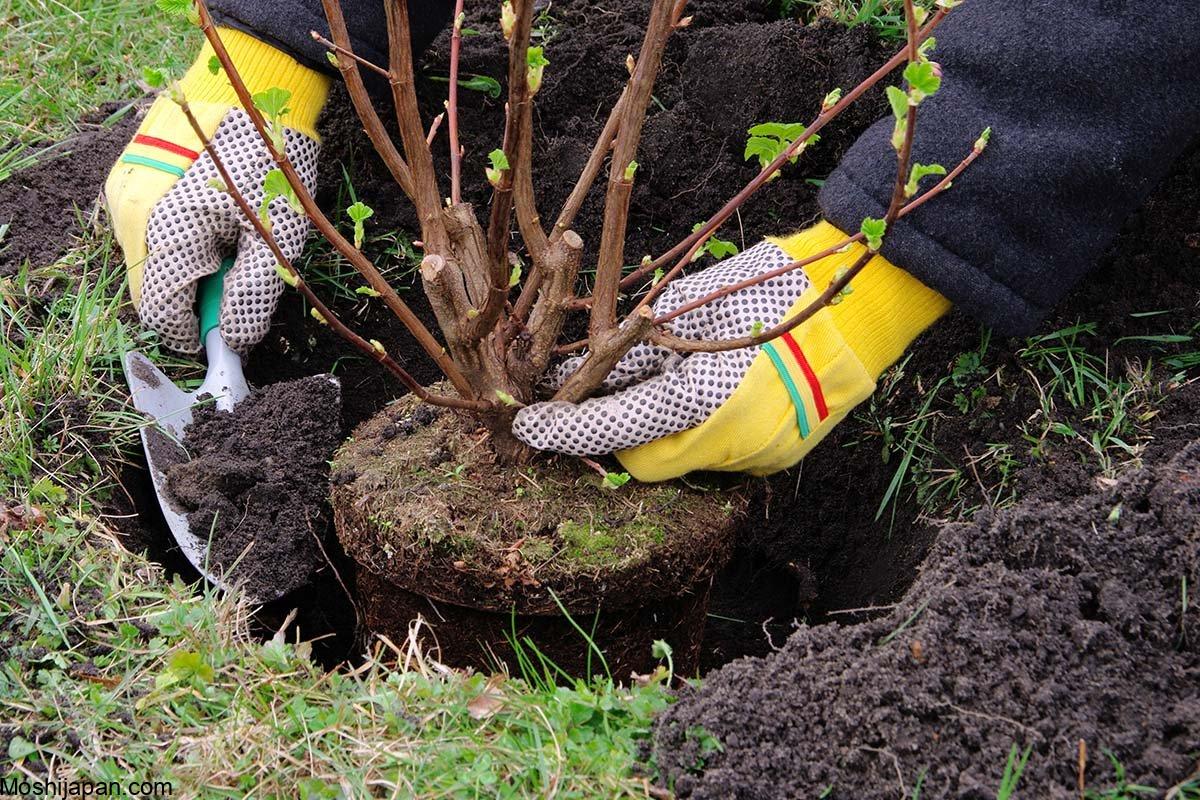Why It’s Better to Plant Trees in Fall (Here’s How)
When it comes to tree planting, timing is crucial. Choosing the right season can greatly impact the success of your efforts. While spring is often seen as the go-to season for planting, there’s a compelling case for planting trees in the fall. In this comprehensive guide, we’ll delve into the benefits of fall tree planting and provide you with a step-by-step guide on how to do it effectively.
The Benefits of Fall Tree Planting

1. Optimal Soil Conditions
During the fall, the soil is still warm from the summer months, which encourages root growth. Additionally, the soil retains moisture better in the fall, providing a conducive environment for the newly planted tree to establish its roots. This sets the stage for robust growth come spring.
2. Reduced Transplant Shock
In the fall, the temperatures are milder, which reduces the stress on the tree during transplantation. Unlike the harsh conditions of summer or the initial shock of spring planting, fall offers a gentle transition for the tree, allowing it to acclimate more smoothly.
3. Less Watering Required
Fall’s cooler temperatures mean less evaporation, which translates to reduced watering needs. This is not only environmentally friendly but also helps in conserving resources while ensuring your newly planted tree receives the hydration it needs.
How to Plant Trees in Fall: Step-by-Step Guide

Step 1: Selecting the Right Tree
Choose a tree species that is well-suited to your climate and soil type. Consider factors like sunlight exposure and available space to ensure the tree will thrive in its new environment.
Step 2: Gathering the Necessary Tools
You’ll need a few essential tools for the planting process, including a shovel, mulch, stakes, and a watering can or hose. Having everything ready beforehand will make the process smoother.
Step 3: Preparing the Planting Hole
Dig a hole that is about twice as wide as the tree’s root ball and just as deep. Loosen the soil at the bottom and sides of the hole to promote healthy root growth.
Step 4: Placing the Tree in the Hole
Gently remove the tree from its container and place it in the center of the hole. Ensure that it sits at the same depth it was in the nursery container.
Step 5: Backfilling and Watering
Carefully fill the hole with soil, tamping it down gently to remove air pockets. Water the tree thoroughly to help settle the soil around the roots.
Step 6: Applying Mulch and Staking
Apply a layer of mulch around the base of the tree, leaving a gap around the trunk to prevent moisture accumulation. If the tree is tall or in a windy area, use stakes to provide support.
Frequently Asked Questions (FAQ)

Q: Can I plant trees in late fall?
A: Yes, you can still plant trees in late fall as long as the ground is not frozen.
Q: How often should I water a newly planted tree in the fall?
A: Water the tree deeply once a week, adjusting based on local weather conditions.
Q: Are there any tree species that are particularly well-suited for fall planting?
A: Certain species like maples, oaks, and conifers tend to thrive when planted in the fall.
Q: Should I fertilize the tree immediately after planting?
A: It’s best to wait until spring to apply fertilizer, allowing the tree to focus on root establishment first.
tag
- chicken feed
- how to Keep Chickens Off Your Porch
- How to grow oyster mushrooms at home
- Growing Kale in Pots



0 Comments